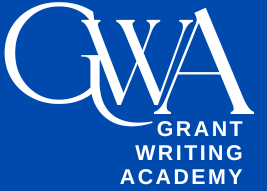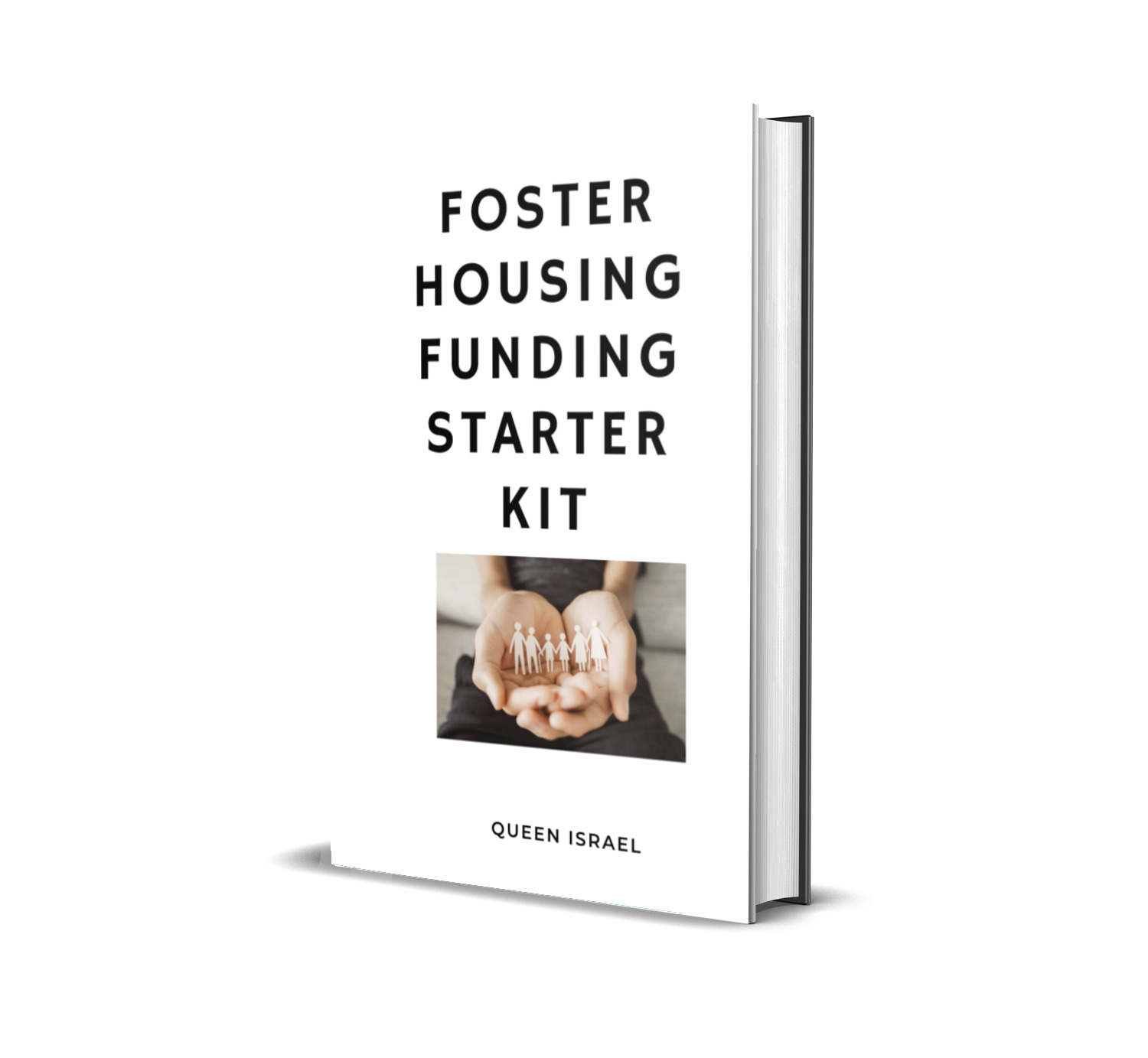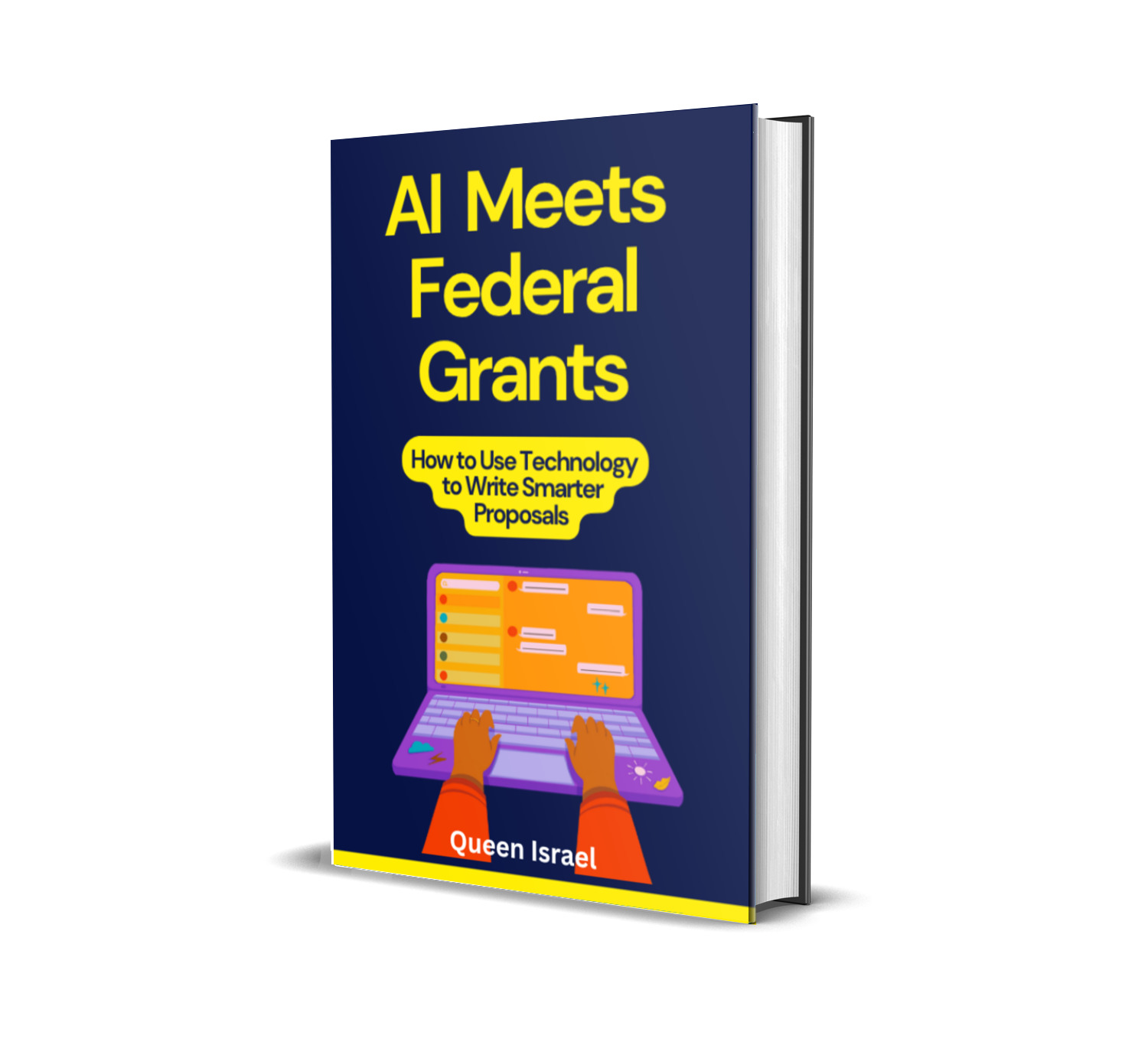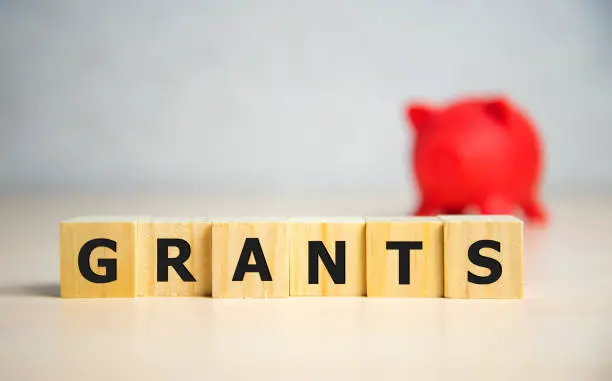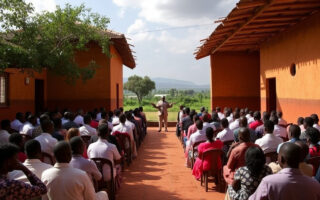Global health education grants provide funding to support initiatives that enhance education in the field of global health.
These grants may target a variety of projects—from curriculum development and faculty training to research programs and community outreach efforts. By investing in education—whether through scholarships, fellowships, or institutional support—these grants help build a skilled workforce capable of tackling the most pressing public health challenges.
Key components of global health education grants include:
- Funding for research projects that improve public health outcomes.
- Resources to build academic and training programs.
- Templates, tools, and strategies that guide applicants through the grant application process.
- Collaboration opportunities among universities, non-profits, and government agencies.
- A focus on innovation and measurable impact that can drive lasting change in communities worldwide.
Understanding these grants not only opens doors for individual projects,but also contributes to the broader mission of enhancing health outcomes globally.
Why Global Health Education Grants Matter
Global health challenges—ranging from infectious diseases to chronic conditions—demand a well-prepared, multidisciplinary workforce. Education is the foundation on which future health solutions are built. Here’s why investing in global health education grants is so critical:
-
Building Capacity: These grants support the development of training programs and resources that empower educators and students alike. With a stronger educational foundation, future practitioners can effectively address public health issues.
-
Driving Innovation: By funding research and pilot projects, grants spur innovation in educational methodologies and health interventions. This innovation
is essential for adapting to emerging challenges, such as pandemics or evolving health inequities. -
Expanding Access: Grants help reduce financial barriers to education by supporting scholarships, fellowships, and tuition assistance programs. This ensures that talented individuals from diverse backgrounds can enter the field, regardless of economic constraints.
-
Improving Outcomes: Enhanced education leads to improved health outcomes. Well-trained professionals are better equipped to design and implement programs that lower child mortality, reduce disease burden, and promote healthier communities.
-
Fostering Collaboration: Global health education grants often bring together academic institutions, non-governmental organizations, and governmental bodies. This collaboration creates networks that share resources and best practices, maximizing the impact of every dollar spent.
The Landscape of Global Health Education Grants
The world of global health education grants is rich and diverse. Here are some common types and sources of funding available:
1. University-Based Grants and Fellowships
Many universities offer grants and fellowships specifically aimed at global health research and educational projects. These grants often provide seed funding for pilot projects, support for study abroad programs, or resources for developing innovative curricula. Institutions such as Harvard, Johns Hopkins, and the University of Oxford have dedicated programs that nurture future leaders in global health.
2. Government Funding
Various government agencies allocate significant funding for global health education. For example, the U.S. Agency for International Development (USAID) and the National Institutes of Health (NIH) offer grants that not only support research but also bolster educational programs that train healthcare professionals in low- and middle-income countries.
3. Philanthropic Foundations
Philanthropic organizations, such as the Gates Foundation, play a pivotal role in financing global health education. Their grants typically emphasize high-impact projects that address critical health challenges and build sustainable educational infrastructures. These grants are competitive and are often designed to inspire innovation through collaborative research initiatives.
4. Multilateral Organizations
Organizations like the World Health Organization (WHO) and the Global Fund also provide resources for educational initiatives as part of their broader global health mission. Such grants may support regional training centers, the development of standardized educational materials, or capacity-building workshops that enhance the skills of health professionals.
How to Find Global Health Education Grants
Finding the right grant opportunity is the first step toward success. Here are some practical tips:
1. Research Funding Databases
Utilize online databases that compile grant opportunities for global health and education. Websites such as GrantForward, Pivot, and the NIH Grants & Funding portal offer search tools that allow you to filter opportunities by region, funding amount, and focus area.
2. Monitor Philanthropic and Government Announcements
Stay updated with the latest announcements from major philanthropic foundations like the Gates Foundation and government agencies such as USAID and NIH. Subscribing to newsletters and setting up Google Alerts for keywords like “global health education grants” can help you catch new opportunities as soon as they are announced.
3. Network with Experts
Attend conferences, workshops, and webinars related to global health and education. These events are excellent for networking and learning about upcoming grants from peers and industry experts. Online communities and professional networks like LinkedIn can also be valuable for sharing information about grant opportunities.
4. Utilize University Resources
If you are affiliated with an academic institution, take advantage of your university’s grant office or research development center. These departments often have access to exclusive databases and can provide personalized guidance on finding and applying for grants.
The Grant Application Process: Steps to Success
Securing a global health education grant requires a well-thought-out strategy and a compelling application. Here’s a step-by-step guide to help you succeed:
1. Define Your Project Clearly
Begin by articulating a clear, concise, and impactful project idea. Outline your objectives, expected outcomes, and the significance of your work in improving global health through education. A well-defined project should address a specific problem, offer innovative solutions, and demonstrate how it will create lasting impact.
2. Gather Data and Evidence
Back your proposal with relevant data, statistics, and references. For example, you might include figures from the World Health Organization’s Global Health Observatory or studies published on Our World in Data. Incorporating data not only strengthens your application but also shows funders that your project is grounded in evidence.
3. Develop a Detailed Budget
A realistic and transparent budget is crucial. Break down the funding required for each phase of your project—personnel, equipment, travel, materials, and indirect costs. Clearly justify each expense to reassure funders that you are a responsible steward of their resources.
4. Craft a Compelling Narrative
Tell a story that resonates with funders. Use clear, simple language and highlight the success stories and potential impact of your project. Explain how your project will address unmet needs in global health education and create opportunities for innovation and collaboration.
5. Leverage Available Templates and Tools
Many grant-making bodies provide templates and tools to help streamline your application process. These can include sample budgets, project timelines, and formatting guidelines. Utilizing these resources can save time and ensure that your application meets all necessary requirements.
6. Seek Feedback and Revise
Before submitting your application, have colleagues, mentors, or grant writing experts review your proposal. Constructive feedback is invaluable and can help you identify areas for improvement, ensuring that your final submission is polished and persuasive.
7. Follow Submission Guidelines Precisely
Carefully read the grant announcement and adhere to all instructions regarding formatting, deadlines, and required documents. Missing even a small detail can result in disqualification, so precision is key.
Key Strategies to Enhance Your Success Rate
While the application process can be daunting, employing a few strategic practices can dramatically boost your chances of success:
a) Plan Ahead
Start your application process early. Grant deadlines are fixed, and a rushed application is more likely to have errors. Create a timeline that includes time for research, drafting, revisions, and obtaining necessary approvals.
b) Tailor Your Proposal
Avoid using a generic template for all your applications. Customize your proposal to align with the specific goals and priorities of each grant-making organization. This shows funders that you have taken the time to understand their mission and that your project is a perfect fit.
c) Highlight Collaboration and Sustainability
Funders are increasingly interested in projects that encourage collaboration between multiple stakeholders—academic institutions, local communities, and government agencies. Emphasize how your project will foster partnerships and ensure sustainability even after the grant period ends.
d) Emphasize Measurable Outcomes
Clearly define the metrics you will use to measure success. Whether it’s the number of students trained, improvements in health outcomes, or advancements in education methodologies, having concrete, measurable targets makes your proposal more credible.
e) Stay Updated on Trends
The landscape of global health and education is dynamic. Stay informed about current trends, challenges, and innovations in the field. Use this information to adapt your project and make it relevant to contemporary issues. For instance, topics such as digital education platforms, remote learning, and data-driven decision-making are highly topical and attractive to funders.
Invest in Grant Writing Training
Even the best project ideas need to be communicated effectively. Consider investing in professional grant writing training or using specialized templates and tools. For more tips, strategies, and free templates, be sure to subscribe to the Grant Writing Academy Newsletter where you can access a wealth of resources designed to enhance your grant application success.
Case Studies of Successful Global Health Education Grants
Let’s take a closer look at a few examples of successful global health education grants and what made them stand out:
Case Study 1: University Partnership for Public Health Innovation
A consortium of universities in sub-Saharan Africa applied for a global health education grant aimed at developing an integrated public health curriculum. Their project received funding that supported workshops, curriculum development, and faculty training sessions. By collaborating with local ministries of health and international partners, they created a sustainable model that improved training for over 500 new public health professionals each year.
Key Takeaways:
- Collaboration with local and international partners increased credibility.
- A clear focus on measurable outcomes—improved training and increased workforce capacity.
- Use of robust data to justify the need for the project.
Case Study 2: Digital Innovation in Health Education
Another successful project involved a digital platform designed to deliver remote education in rural areas. Recognizing the challenges posed by geographical barriers, the project team developed an online learning portal that offered courses, interactive modules, and virtual mentorship. The grant not only provided funding for technological development but also for training local educators to use the platform effectively. The project achieved high impact by increasing access to quality education for over 10,000 students in remote communities.
Key Takeaways:
- Innovative use of digital tools to overcome access challenges.
- Comprehensive training programs that ensured the sustainability of the digital platform.
- Strong evidence of impact through increased enrollment and improved learning outcomes.
Case Study 3: Scholarship Program for Global Health Leaders
A well-known philanthropic foundation awarded a grant to support a scholarship program for students pursuing careers in global health education. The program provided full scholarships, mentorship opportunities, and internships at leading public health institutions. By lowering financial barriers and providing a robust support system, the project cultivated a new generation of leaders committed to addressing global health challenges.
Key Takeaways:
- Addressed equity by providing opportunities for underrepresented students.
- Integrated mentorship and hands-on experience to complement academic education.
- Emphasized long-term impact by investing in future global health leaders.
Resources and Tools to Enhance Your Grant Application
Success in securing a global health education grant often comes down to the quality of your application. Here are some essential tools and resources that can help you:
1. Grant Writing Templates and Guides
Many organizations offer free templates to help structure your application. These guides typically include sample narratives, budget breakdowns, and timelines that you can adapt to your project’s specific needs.
2. Data Analysis Software
Using tools such as Excel, SPSS, or R can help you analyze data and present compelling evidence for your proposal. Visual representations of data—like charts and graphs—can make your case more persuasive.
3. Budgeting Tools
Accurate budgeting is crucial. Consider using online budgeting templates or software like QuickBooks to ensure that your financial projections are realistic and transparent.
4. Webinars and Workshops
Participate in webinars, workshops, and training sessions focused on grant writing. Organizations like the Grant Writing Academy offer expert-led sessions that can provide valuable insights and strategies for crafting winning proposals.
5. Peer Review Networks
Join professional networks or online forums where you can exchange feedback on grant proposals. Peer review is a powerful way to refine your application and address potential weaknesses before submission.
Tips for a Winning Global Health Education Grant Proposal
Here are some practical tips to keep in mind when preparing your grant proposal:
- Be Specific: Clearly define the problem your project addresses and the specific outcomes you aim to achieve. Vague proposals are less likely to capture funders’ attention.
- Show Impact: Use relevant data and success metrics to demonstrate how your project will lead to tangible improvements in global health and education.
- Tailor Your Application: Customize your proposal for each funding opportunity. Align your project goals with the priorities and mission of the grant-making organization.
- Engage Stakeholders: Highlight any partnerships or collaborations with key stakeholders. Demonstrating a united front can strengthen your proposal.
- Plan for Sustainability: Explain how your project will continue to thrive after the grant period ends. Funders appreciate initiatives that are designed with long-term sustainability in mind.
- Proofread Thoroughly: Ensure that your proposal is free of errors. A polished, professional document reflects your attention to detail and commitment to excellence.
Overcoming Common Challenges
Even the most promising projects can face obstacles during the grant application process. Here are a few common challenges and how to overcome them:
a) Limited Resources
Many applicants worry about the scarcity of funding. To overcome this, focus on creating a lean, efficient budget and demonstrate how every dollar will be maximized for impact. Emphasize collaboration and the sharing of resources as a strategy to extend your project’s reach.
b) Intense Competition
The world of global health education grants is highly competitive. Differentiate your proposal by emphasizing innovative aspects, strong community partnerships, and clear, measurable outcomes. Use case studies or preliminary data to build a compelling narrative.
c) Navigating Complex Guidelines
Grant guidelines can sometimes be overwhelming. Break down the requirements into manageable sections and tackle them one by one. Utilize checklists and templates provided by the funding organization to ensure you meet all criteria.
d) Communicating Impact Effectively
Articulating the potential impact of your project is crucial. Use clear, simple language and avoid jargon. Supplement your narrative with compelling visuals and data charts to illustrate the anticipated benefits of your initiative.
The Future of Global Health Education
The landscape of global health education is rapidly evolving. Digital technologies, remote learning platforms, and innovative funding models are reshaping how education is delivered and experienced around the world. Here are some emerging trends:
- Digital Transformation: The integration of online learning tools is expanding access to quality education even in the most remote regions. Grants that support the development of digital platforms can have a high impact by reaching larger audiences at a lower cost.
- Interdisciplinary Approaches: The complex challenges of global health require solutions that span multiple disciplines. Future grants are likely to favor proposals that integrate elements of innovation, technology, and traditional public health practices.
- Sustainability and Scalability: Funders are increasingly looking for projects that are not only innovative but also sustainable in the long term. Demonstrating a plan for scaling up your project and securing ongoing support will be a key advantage.
- Emphasis on Equity: As the world becomes more interconnected, addressing disparities in education and health is more important than ever. Grants that focus on reducing inequities and improving access for underrepresented communities will continue to gain traction.
- Data-Driven Decision Making: With vast amounts of data available from sources like the WHO Global Health Observatory and Our World in Data, successful grant proposals will be those that leverage data analytics to shape informed strategies and measure outcomes effectively.
Conclusion:
Global health education grants are not just about funding—they are about creating opportunities to transform lives, build stronger communities, and drive innovation in public health. Whether you are a researcher, educator, or institution looking to make a difference, these grants offer a pathway to success and a chance to be part of a global movement that prioritizes education, collaboration, and impact.
Remember, the journey to a successful grant application involves thorough research, careful planning, and a compelling narrative that speaks directly to the priorities of funders. Every great proposal begins with a clear vision and the determination to see it through.
If you’re ready to take your project to the next level and secure the funding you need to make a real difference, don’t go it alone.
Subscribe to the Grant Writing Academy Newsletter to access exclusive tips, strategies, templates, and tools that will boost your chances of success. Our newsletter is packed with expert advice, real-life case studies, and step-by-step guides designed to help you navigate the competitive world of global health education grants.
By staying informed and continuously refining your approach, you can overcome the challenges of the grant application process and contribute to a future where global health education leads to healthier, more resilient communities around the world.
